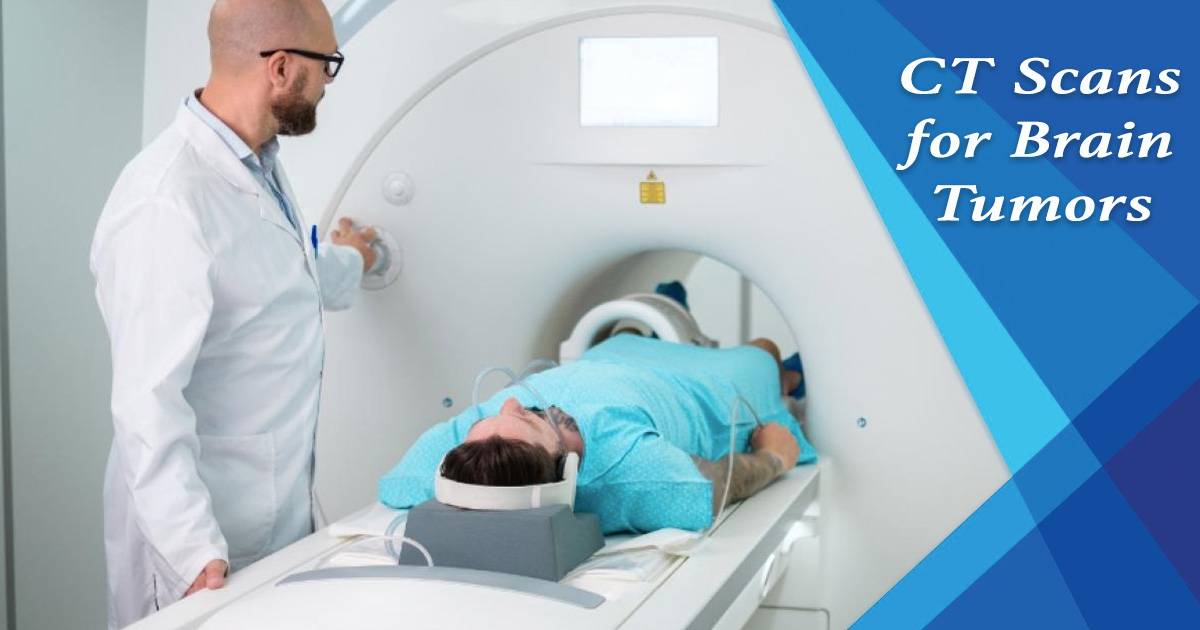CT Scans for Brain Tumors: Accuracy, Limitations & What to Expect

Detecting brain tumors starts with being aware of certain warning signs. These can include ongoing headaches, seizures, and noticeable changes in your vision or speech. Often, these symptoms can be mistaken for other, less serious conditions, which is why it’s important to notice how often they occur and how severe they are. When these signs show up, it’s crucial to see a doctor or specialist for a thorough check-up. During this visit, the doctor will take your medical history and conduct a physical exam, followed by some tests to see if a brain tumor might be present.
A recent study highlights why catching these tumors early is so vital. It found that patients diagnosed at an early stage often responded better to treatment and had longer survival rates. This shows how important it is to get checked out quickly if you notice symptoms. After your evaluation, the doctor will decide which tests are needed to confirm whether a brain tumor is there or not.
The Importance of Accurate Diagnosis for Brain Tumors
Getting the right diagnosis for brain tumors is very important because these tumors can be long-lasting and serious. It’s essential to know if a tumor is malignant, meaning cancerous, or benign, which means non-cancerous. This information helps doctors decide the best treatment plan and gives an idea of what to expect for the patient’s future health.
Several tools are used to diagnose brain tumors:
- CT Scans: These are usually the first tests done. They provide a quick and detailed look at the brain, helping to find any unusual growths and see how big they are.
- MRI (Magnetic Resonance Imaging): MRIs give a very detailed picture of the brain and spinal cord. They are excellent for telling different types of tumors apart and are often used to plan surgeries because they show clear images of soft tissues without using radiation.
- PET Scans: PET scans check how active the brain is in terms of metabolism. Tumors that grow fast often use more energy, which PET scans can detect, helping to figure out if a tumor is aggressive or not.
Each of these tests provides important information that helps doctors understand the tumor better, leading to more effective treatment choices and better outcomes for patients.
Advantages of CT Scans in Detecting Brain Tumors?
CT scans are often recommended to check for brain tumors because they have some specific benefits. One major advantage is their speed. CT scans are fast, which is very helpful in emergency cases when doctors need quick answers. They are also available in many hospitals and clinics, making them easy for patients to access.
Are CT scans accurate?
CT scans are good at finding large tumors and can show swelling or bleeding in the brain. They create detailed images of the brain’s structure, which helps in spotting obvious issues. However, because they use X-rays, CT scans might not show smaller tumors or those in certain tricky parts of the brain as clearly as MRI scans can.
What are the limitations of CT scans?
While CT scans are useful, they do have limits. It’s possible for a CT scan to miss a brain tumor, especially if the tumor is very small or hidden in a hard-to-see area. Tumors that don’t change the brain’s structure much might also be missed. That’s why doctors often start with a CT scan and if they suspect a tumor, they might follow up with an MRI or PET scan for a closer look. This approach helps make sure nothing is overlooked.
What is the Best Choice for Diagnosing Brain Tumors?
Among the tools used to find brain tumors, MRI (Magnetic Resonance Imaging) is often seen as the best option. Here’s why MRI is considered superior:
- Detailed Imaging: MRI can produce very clear pictures of the brain’s soft tissues. This helps doctors see even the smallest tumors that might be missed by other scans.
- Non-Invasive: Instead of using X-rays like CT scans, MRI uses magnets and radio waves, which are safer for patients.
- Precise Detection: It can find tumors in tricky areas of the brain, giving a detailed look at their size and location.
- Differentiating Tumors: MRI is great at telling apart different types of brain tissue. This helps doctors figure out if a tumor is benign (non-cancerous) or malignant (cancerous).
- Treatment Planning: The clear images from an MRI help doctors plan surgeries and other treatments more effectively.
- Monitoring Progress: MRI can track how a tumor changes over time, allowing for better management of the patient’s treatment.
Overall, MRI provides a comprehensive view of the brain, making it the top choice for both initial diagnosis and ongoing care for brain tumors. Its ability to show detailed and accurate images makes it an invaluable tool for doctors and patients alike.
Choosing the Best Option for Diagnosing Brain Tumors
While MRI is usually the top choice for diagnosing brain tumors, there are times when a CT scan might be better. In emergencies, when time is crucial, a CT scan is often used because it is quicker and more commonly available in hospitals. This makes it useful for quickly identifying urgent issues like head injuries or bleeding.
CT scans are also helpful if a patient cannot have an MRI due to metal implants or severe fear of enclosed spaces, as they don’t use magnets. Additionally, if an MRI isn’t available and a fast assessment is needed, a CT scan can be a practical alternative.
Choosing between a CT scan and an MRI depends on the patient’s specific situation. Doctors look at factors like urgency, the patient’s health, and available equipment to ensure the right diagnostic method is used for the best care and treatment.
